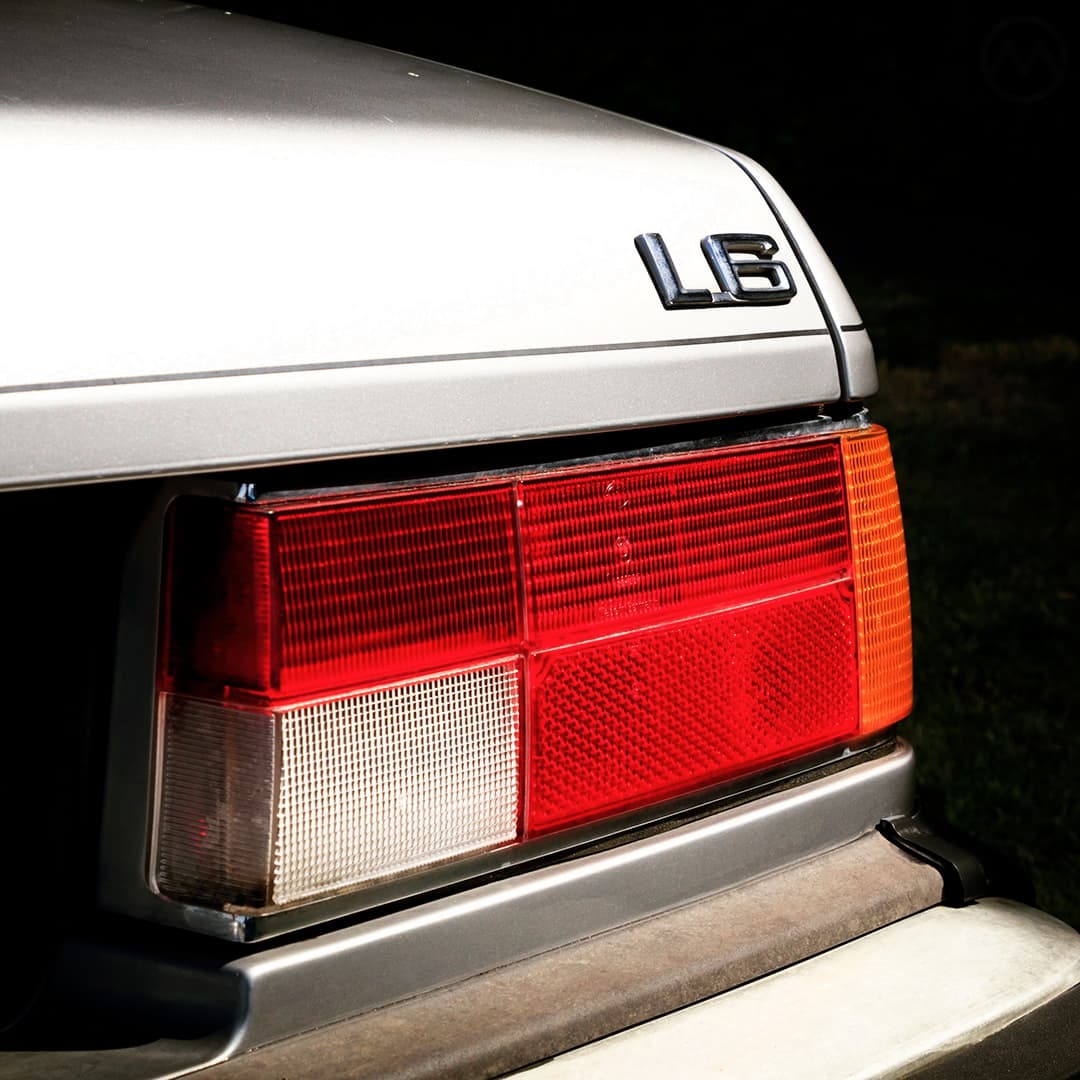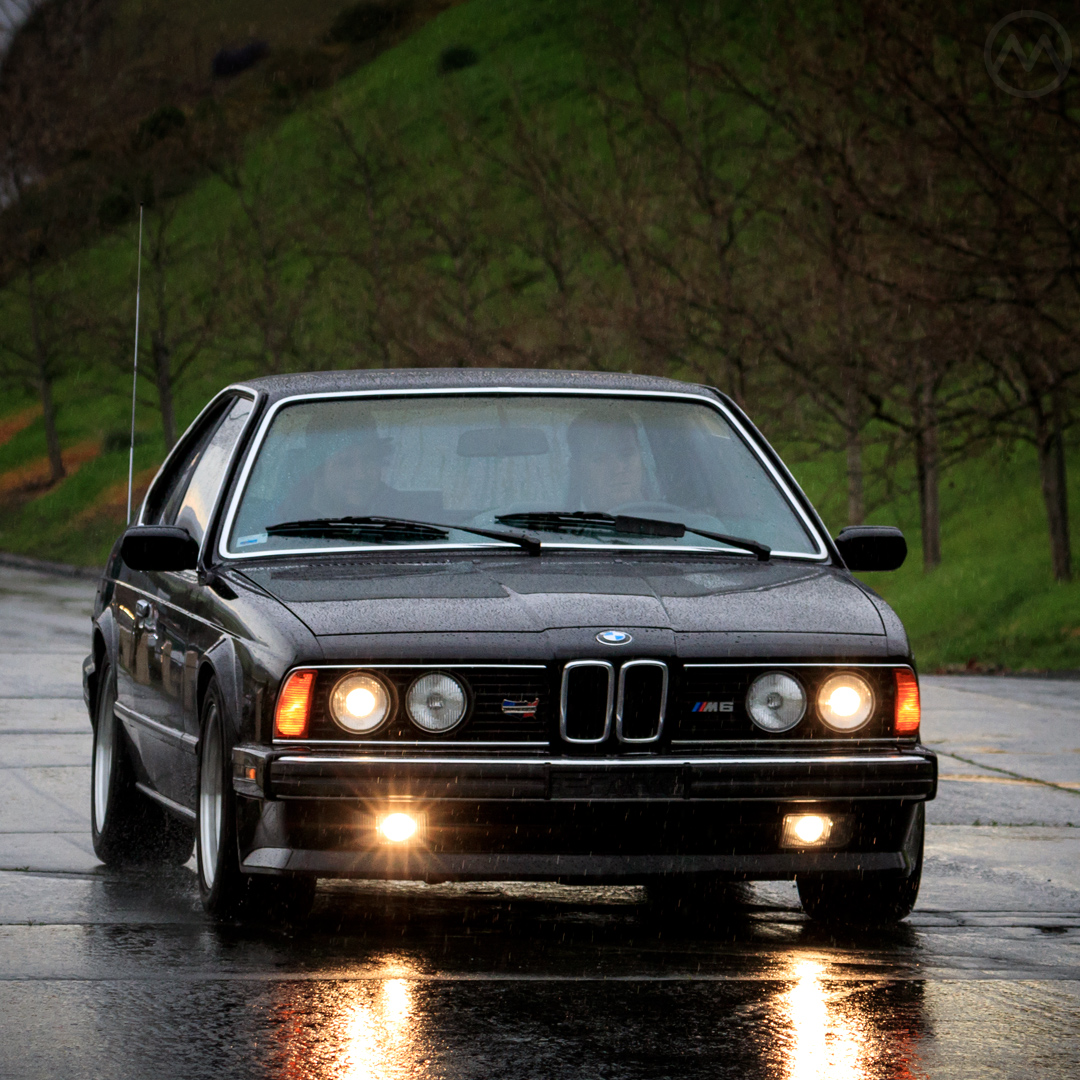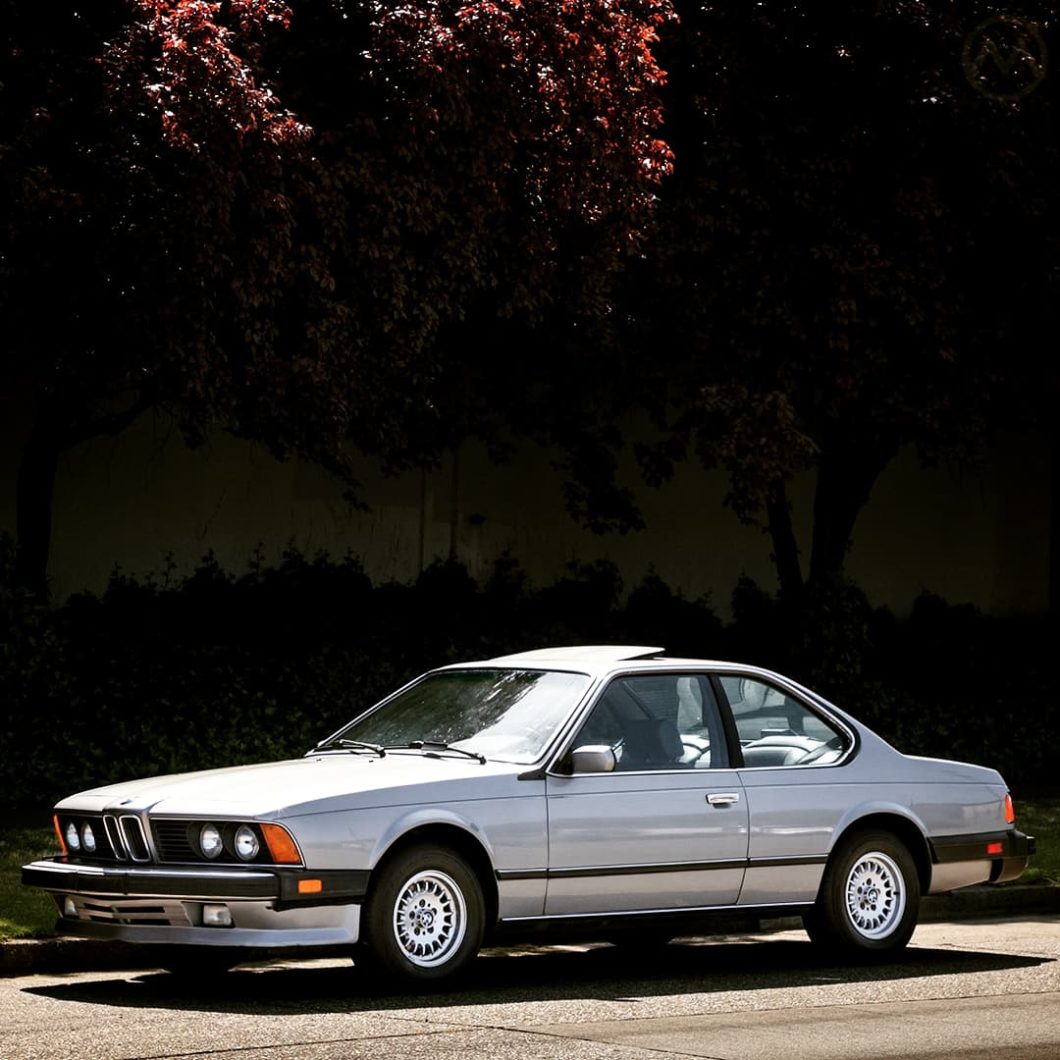Everybody knows BMW’s M cars. Those fastest and most electrifying of Bimmers, date back to the M1 in 1978 and the M535i that soon followed, are of course more well-known and varied than ever today. But you may not know BMW’s L cars. That’s because there have only been three of them, and the first two were strictly sold in the U.S., and only for a short time. This 1987 BMW L6 is one-half of the original L duo.
The L concept was aimed at creating a BMW that focused on luxury as much as it did on performance, though given how much performance is a part of BMW’s image, it’s perhaps not surprising why it didn’t last very long. From the outside, the original pair were hard to distinguish from their lesser siblings, another demerit, but the concept wasn’t entirely unsound.
L is for Luxury
BMW built L versions of its two most expensive models, the L6 based on the 635CSi and an accompanying L7 based on the E23 735i. While it was BMW’s driving dynamics that drew people to the cars in the 1970s, but by 1978-79 an entirely new class of BMW buyers emerged: status seekers.
That was good for the company and greatly changed the makeup of BMW enthusiast groups at the time, but those buyers weren’t always seeking what hard-core bimmerphiles wanted. They often bought automatics, and they weren’t the type to be disappointed that Euro-spec BMWs were often faster than U.S. ones (the chief complaint of American BMW fans in the 1970s and 1980s). They wanted traditional luxuries in this new trendy form.
Paul Bracq’s BMW 6-series, also known as the E24, first bowed in 1976, just as BMW was really breaking into the wider consciousness of Americans beyond enthusiasts. It’s popularly associated with the 1980s, however, because of star turns on Dallas, Remington Steele, and of course, Moonlighting. You could also find it in plenty of 1980s movies. Molly Ringwald’s movie dad drops her off in The Breakfast Club in a 633CSi.
The E24 was not a huge seller owing to its towering price, but it became one of the eighties’ greatest status machines in part because of these appearances. Of course, it had the luxury and performance bona fides to match, making it that rare desirable thing that actually lives up to the hype, but the rise of the 6 came in parallel with new buyer priorities.

Designing the E24
Based on the landmark E12 5 Series, the design of the E24 began in 1972, about 18 months after Bracq had come on board following the end of his time with Brissonneau et Lotz, which he’d hoped would become France’s equivalent of Pininfarina. Disillusioned, he moved to BMW where he and another new hire, Bob Lutz, plotted a new big coupe that would be a more luxurious car than the outgoing E9 but retain most of its performance bona fides.
Then-new chairman Eberhard von Kuenheim wanted BMWs to be a little more luxurious, Lutz and most of the staff wanted them to stay sporty. The “compromise” E24 was later seen as bigger and heavier than the E9 and it was, but it was just as capable a performer if a little hobbled by emissions regs. It bowed as the 6-series in 1976, by which time both Bracq and Lutz had departed.
When the E12 became the E28, the 6er got a major update underneath to match in 1982, though you’d have never known by looking at it. The update did not translate to much more speed, however, for U.S. customers.
The ne plus ultra of E24s was the potent M6, but that car was not available in the USA for quite a long time, and from 1979 to 1984, Americans could only buy the E24 in one trim, the 181-horsepower 633CSi, about 10-15% less powerful than its European equivalent.
Hard-core U.S. Bimmerphiles bemoaned that Euro cars were faster and BMW abhorred the gray market that sprang up to import them, but the 6 drew in many new buyers to BMW and the relative disparity posed no problem for some of the new people. A significant number of E24s were ordered with the $700+ ZF 3-speed automatic.

BMW L6 Vs. M6
The U.S. did eventually get its own (again, slightly less powerful) M6, but in an effort to dress up what by then were a pair of aging products, BMW introduced the L6 and L7 for 1987. The purpose was to lure in buyers who wanted those extra-luxe touches and all the updated 6er technology in a single package, and maybe to draw in buyers from the Mercedes-Benz SEC.
The L6 shared its engine with the regular 635CSi and was automatic-only, but it got essentially every toy BMW could add to the 6. That meant a dual-zone A/C system (not automatic, but actually two controllers, one for the back seat which was likely rarely used), hand-stitched Nappa leather, time-delay lights, a power sunroof in a leather headliner, ABS, fog lights, a theft-proof stereo with an EQ. It stickered for $49,500, about $3,000 over the CSi and about $120,000 today.
The L6 lasted only one season, though the companion L7 was also marketed in 1988.
It’s possible buyers already thought of BMWs as being the hottest luxury cars around at the time so there wasn’t any real need to have this package, or maybe the take rate was just low. Bimmers were indeed white-hot with the public in those pre-Lexus, greed-is-good days, and you couldn’t really tell an L6 from a 635CSi from the outside unless you saw the badge, which from a distance might read as “16” or “I-6.”
Both cars were nearing the end of their lifespan at the time, with the new E32 already online in 1987 and the 6 set to be replaced by the 8-series not too long after, so perhaps that’s why the badge was abandoned. Long after these cars were gone, BMW revived the L7 badge for a brief time on the long-wheelbase E38 7-series, but it too was rarely seen.
BMW E24 production peaked in 1985 at 9,626 cars for the year, and the company had no trouble unloading all of them for a fat profit. The L6 was an expensive car new and perfect for the social climber (as depicted by Bruce Willis’ David Addison), but still cheaper than the similarly-new U.S. M6, which was nearly $56,000 to start. Exact BMW L6 build numbers are unknown.


What a beautiful car.
Would be a treat to find one of those in 2025.